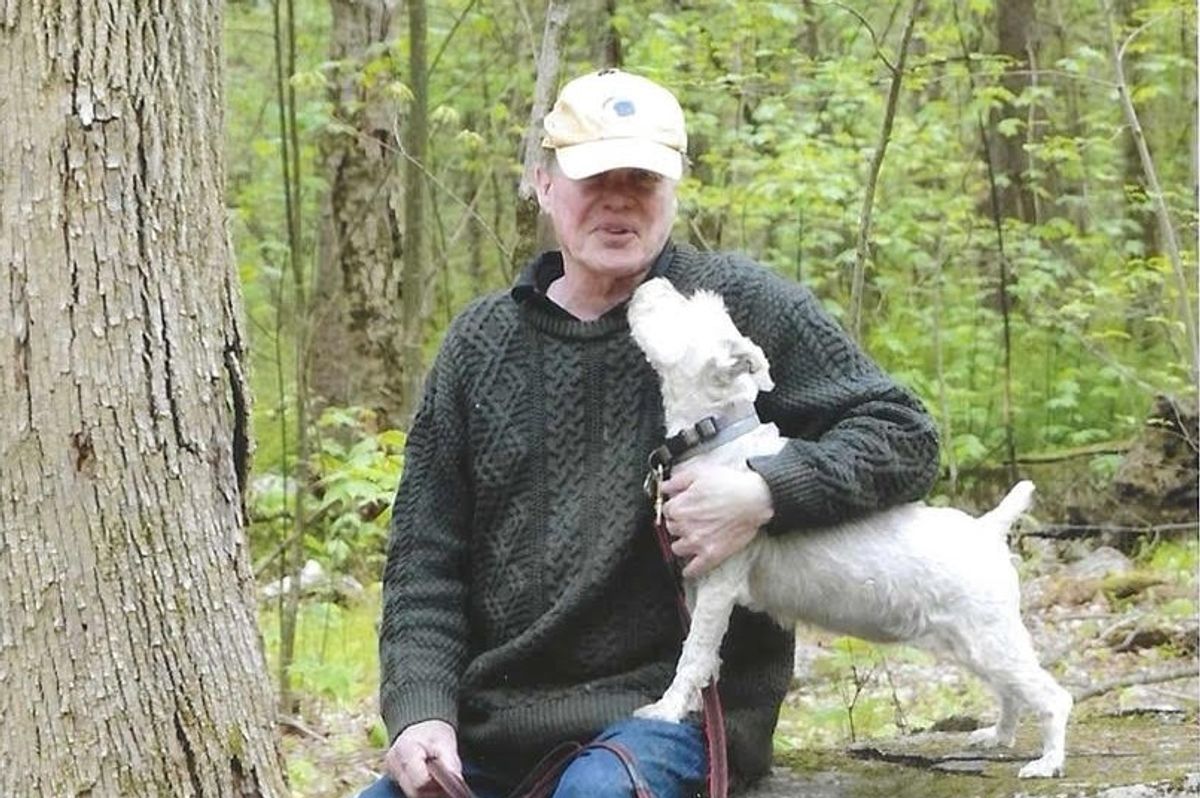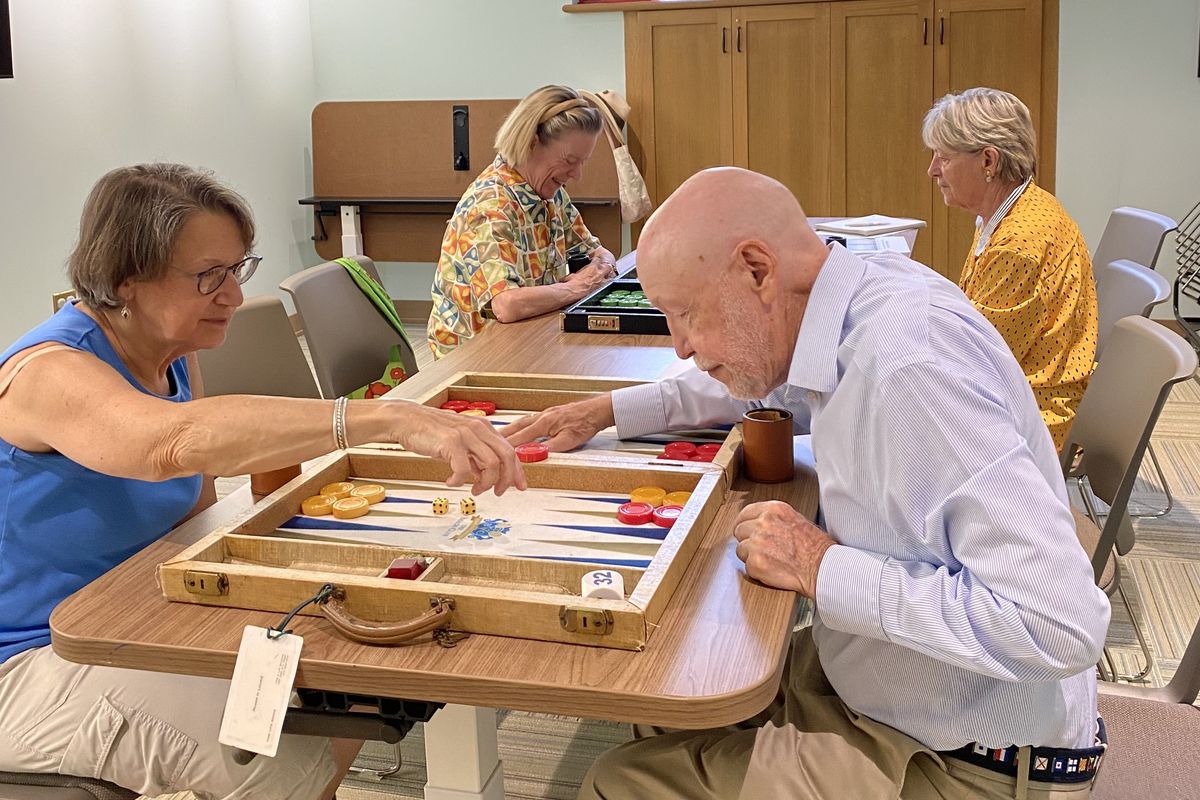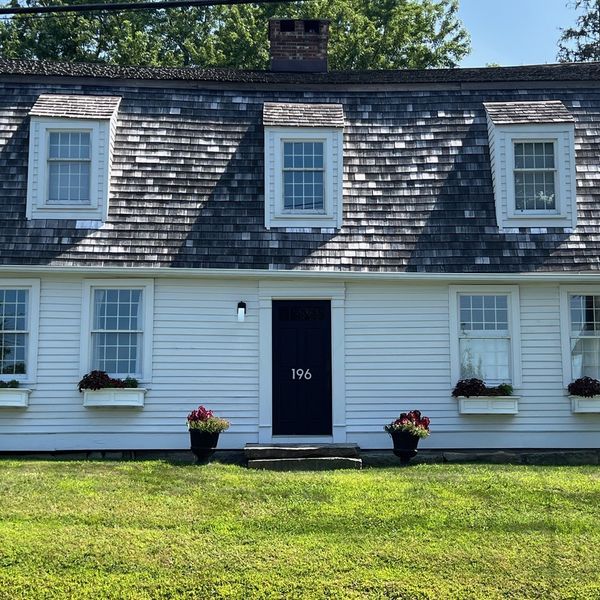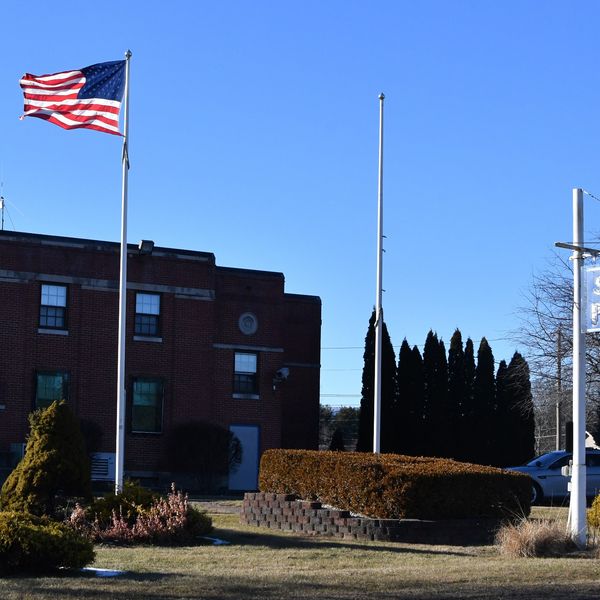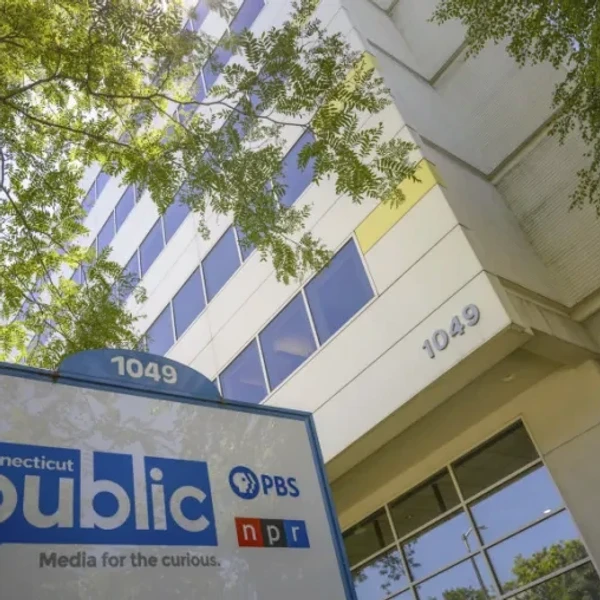Gaining ground in Housatonic River knotweed battle
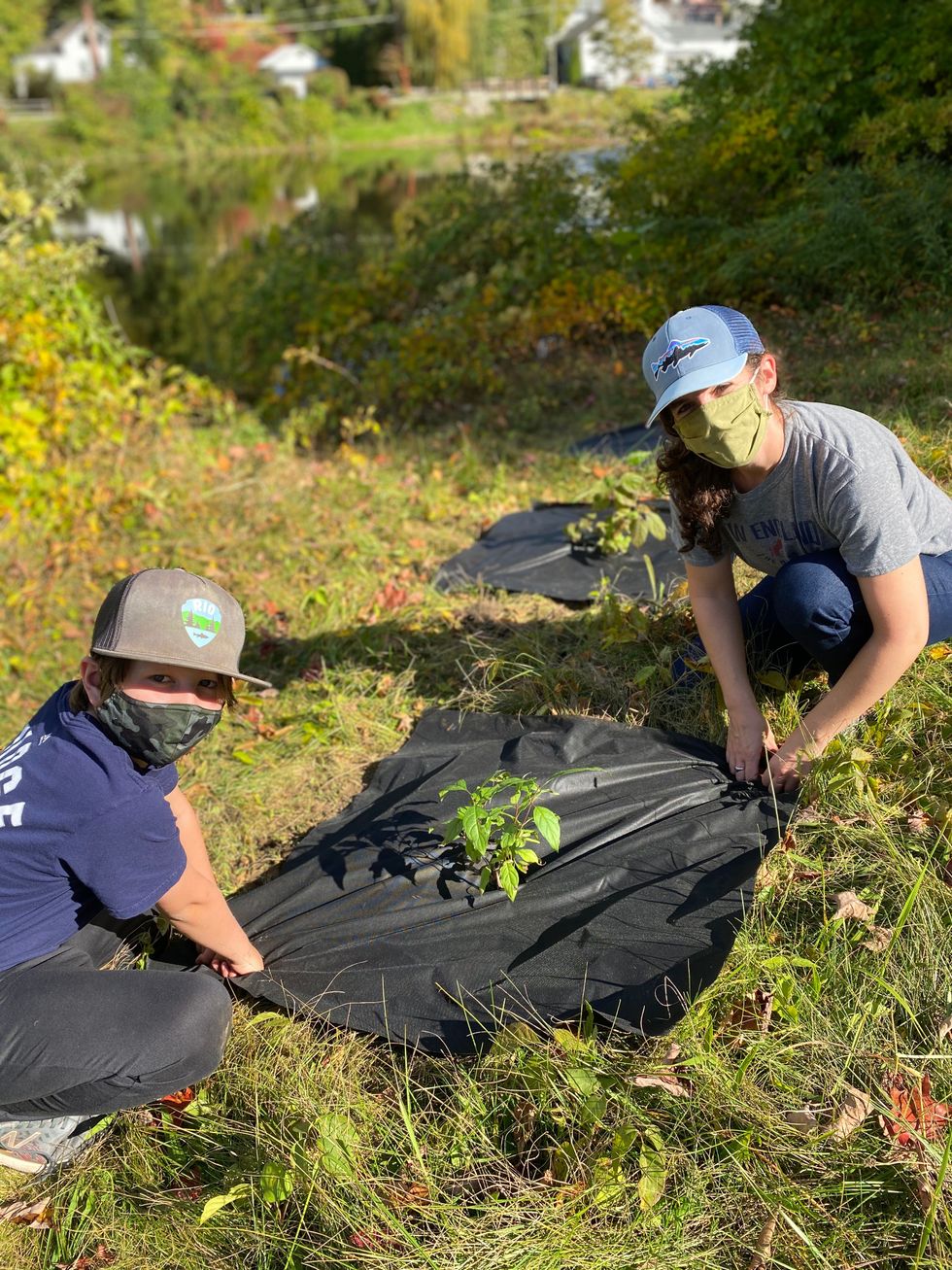
Putting the finishing touches on a riverside planting were River Jastremski, left, and Jeannie Curry of West Hartford, doing their part to reclaim a section of Housatonic riverbank from the ravages of invasive knotweed.
Photo by Leila Hawken

